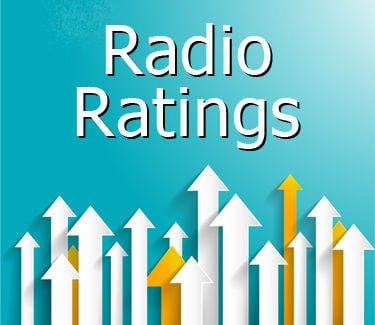The impact of Nielsen’s controversial “Subscriber First” policy change will be felt much more deeply in the more than 200 diary markets than in the 48 PPM markets. Nielsen’s current subscriber penetration rate among the top 20 ranked stations in PPM markets is 97%. But in diary markets it’s in the low to mid-80s, meaning somewhere between 15% and 20% of the top 20 ranked stations in diary markets will become invisible to buyers in Strata and other buying platforms when the new policy goes into effect next year.
The numbers come from an analysis Nielsen shared with Inside Radio. Across the 48 PPM markets, there are a total of 960 stations that rank in the top 20 in their markets. Of them, 939 stations will continue to show up based on being a subscriber or by qualifying for the exemptions Nielsen is making for minority-owned and noncommercial stations. That leaves only 21 stations in PPM markets where buyers won’t have ratings visibility, unless they are among the 35%-40% of ad agency clients that pay extra for access to respondent level data where non-subscribers will still show up. In diary markets there will be hundreds of stations whose ratings will vanish.
As first reported by Inside Radio in a breaking news alert Oct. 28, Nielsen will no longer include listening data for non-subscribing stations in the summary dataset that fuels the major buying systems used by agencies and advertisers. The policy change goes into effect in January 2021 for PPM markets, in April 2021 for continuously measured diary markets and with the release of the spring 2021 survey data for two-book-a-year diary markets. Critics say the new policy will give media buyers an incomplete picture of the market since the data would no longer reflect all the listening that occurs in the market.
Diary markets are where Nielsen has seen the most non-renewals as companies including Saga Communications, Summit Media, Mid-West Family, Galaxy Communications and others have either stopped subscribing entirely, or curtailed their use of Nielsen. They will be joined by a top five radio group, Townsquare Media, which earlier this year sent a letter of cancellation to Nielsen for all 51 of the markets where it subscribes when its contracts come up for renewal on various rolling end dates in 2021. Townsquare owns 332 stations in 67 markets. Their addition to the non-subscriber list would create a much larger blind spot for agency buyers.
Nielsen says reactions from its agency clients to the move have been “neutral to supportive.” Brad Kelly, Managing Director of Nielsen Audio, told Inside Radio in an interview last week that agency clients understand the economics behind the decision. “It isn’t lost on them that non-subscribers are paying less for the radio ratings than the agency is,” Kelly said. “Where’s the fairness in that? The station that is ultimately benefitting from the placement of the buy is paying less for the measurement than the agency that is placing the buy.”
Kelly also says there has been a certain amount of “wait and see” from agency clients, who don’t want to see Nielsen stop measuring more markets, which the company has said is Plan B if the new policy doesn’t bring enough non-subscribers back into the fold. “Is buying the market more difficult when a station or two drops out? Maybe,” Kelly said. “Is it much more difficult if the market becomes unrated? Yes.”
So far, most agencies aren’t publicly commenting on the change. Of ten agency officials contacted by Inside Radio for their reactions, only one responded and the reaction was largely negative. “We feel like we will no longer be receiving the data that we originally contracted for – a full view of radio listening in measured markets,” Bernie Shimkus, VP, Director of Insights at agency Harmelin Media, told Inside Radio last week.
Removing non-subscribers from Nielsen's summary dataset that fuels the major buying systems is the latest – and most significant – in a series of steps the company has taken to remove benefits for non-subscribers. The effort began around 2014 when the company stopped including ratings of non-subscribers in the “topline” numbers it provides to trade publications. The company later took away the total line reporting option from non-subscribers, meaning they could no longer have the audience of qualified simulcast partners combined in ratings reports. “That’s a right, not a privilege,” Kelly says. “Home to metro” status is subscriber-only, as is the ability to have HD side channels and station streams included in the ratings.
“There have been a number of steps on this continuum, although this is obviously the biggest step,” Kelly said. “This is not unprecedented within Nielsen.” For example Nielsen’s network TV and network radio services restrict ratings data to subscribers only. So does Numeris, Canada’s TV and radio audience measurement firm, which licenses PPM technology from Nielsen.

